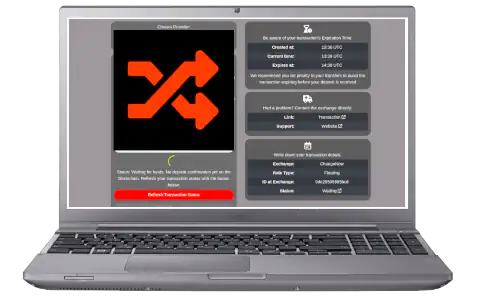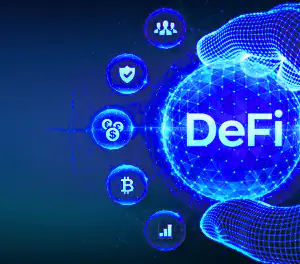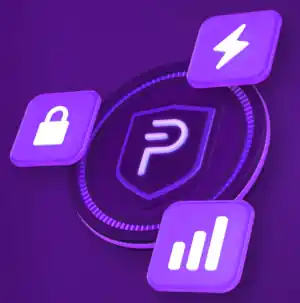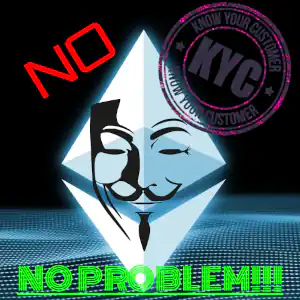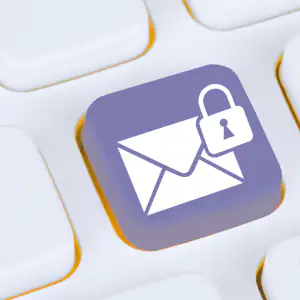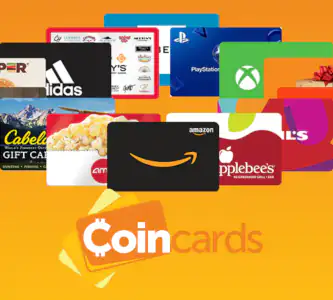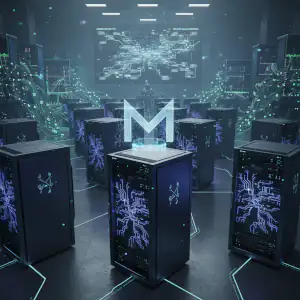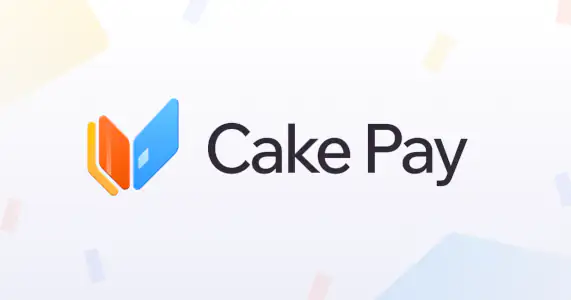
4 min 311
The Sweet Simplicity of CakePay: Crypto Payments Made Easy
Funny how money works these days. You pull out a crisp bill at Whole Foods and technically? You're overpaying. Wild thought, right? But here's the kicker - paying with Bitcoin through Cake Pay actually knocks 3% off your almond milk. Since when did digital money become the thrifty choice?
Cake Pay lets you buy gift cards right inside your Cake Wallet. You use your Bitcoin, Litecoin, or Monero money. Buy a card for the exact price of your buy, right when you need it. Within moments, the gift card lands on your phone. Then you give it to the shop worker as full payment.
Cake Pay Mobile gives a small price cut (1-3%) right away. This makes buys with Cake Pay cheaper than using paper money!
Think of it in two steps:
- Buy the gift card right now for the exact amount you need. Or buy more to use later.
- Use that gift card to pay the shop fully.
- For each buy, you will see money leave your Cake Wallet.
You can also buy gift cards on Cake Pay Web, a sister site for cards worldwide.
How to Use Cake Pay
- Find it: Open Cake Wallet. Swipe left to right from the first screen. Tap on "Cake Pay".
- Get Started: Make an account or sign in. You only need an email.
- Pick a Shop: Choose a shop from the list.
- Say the Price: Type in how much money you need to spend.
- Buy the Card: Buy the gift card using Bitcoin, Litecoin, or Monero.
- Use It: Spend the card in the shop or on the shop's computer site.
How to Pay in a Shop?
After you buy the gift card, the app will show you how to use it. It will show a QR code, a barcode, or the card number.
Shops often use QR codes or barcodes. Not all gift cards have these, though.
Simply show the QR code or barcode to the shop worker. Sometimes you might need to tell them the card number or write it down. That's it!
How to Pay Online?
If a shop takes part and has a place for gift cards on their buying page, you can use Cake Pay like always. Buy the gift card to get the code. Then, copy the code from Cake Pay and put it into the gift card box on the shop's site. Follow their steps to finish your buy. If they ask for a secret number, the Cake Pay finish screen will have it.
Why would anyone use this over regular cards?
Privacy, mostly. That $200 Nike purchase won't show up as "Suspicious Footwear Expenditure" on your bank statement. Just looks like... well, like you bought a gift card. Which technically you did.
Here's where it gets meta. You're using decentralized currency to buy centralized store credit. It's like trading wild honey for supermarket jam - both sweet, but one's got that untamed buzz. Does the purity matter when you're just spreading it on toast? Depends how much you hate financial surveillance.
Ever notice how gift cards became apology currency? "Sorry I missed your birthday" cash feels tacky, but a Sephora rectangle? That's social lubricant. Cake Pay weaponizes that awkwardness into financial innovation. The retailer gets guaranteed sales, you get anonymity, and Bitcoin gets to buy someone's overpriced moisturizer. Everybody wins except maybe the taxman.
Can I really use this worldwide?
Technically yes, practically... well, good luck finding a Tokyo 7-Eleven clerk who won't blink at your Monero-powered Slurpee voucher. But for online? It's borders be gone.
Weird tangent - why do barcodes feel more trustworthy than chip cards? Something about those stark black lines says "I contain exact value" while plastic whispers "maybe I'm maxed out." Cake Pay exploits that subconscious trust. When your phone flashes that pixelated zebra pattern, cashiers don't see crypto wizardry. They see familiar retail hieroglyphics. The revolution's camouflaged as ordinary commerce.
How's this better than crypto debit cards?
No KYC. No waiting for plastic. No $5 "network fees" that materialize mysteriously. You stay inside Cake Wallet's encrypted bubble while spending in Target's fluorescent jungle.
Final thought: When cash costs more than cryptocurrency, what even is money anymore? Maybe just friction points waiting to be digitized away. That discount isn't charity - it's inefficiency burning.
